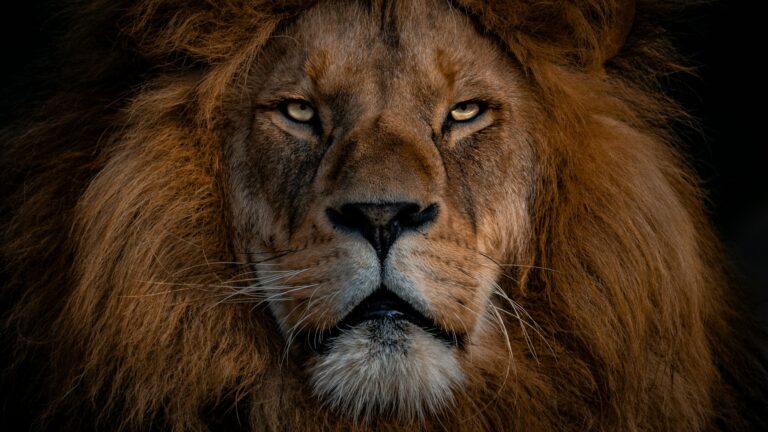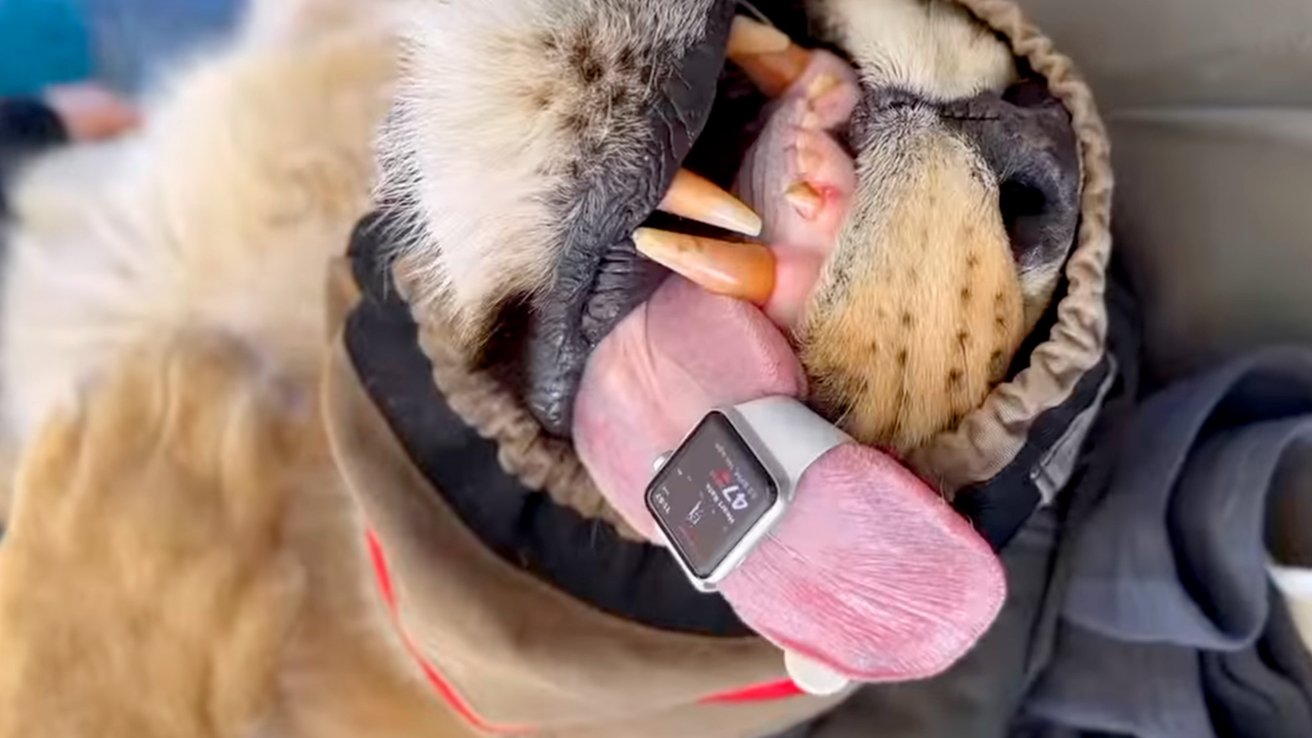Lions wearing Apple Watch?
Doctors are putting Apple Watch on lions to monitor their heart rate. It turns out the device serve well as conservation tech trick
The Apple Watch is now helping veterinarians check the vitals of ferocious animals by either strapping it on their tongues or ears.
In fact, it recently turns out the Apple Watch can take the heart rate of a lion if you just put it on the tongue… And it doesn’t just work on lions – you can do this with a range of species. In fact, you can even get an elephants heart rate if you tape it onto one of the massive ear veins (which is quite the sight!).
A celebration of vets’ creativity
A conservation veterinarian discovered that if you’ve got a sedated lion on your hands and need to monitor its heart rate, wrapping an Apple Watch around its tongue does the trick.
Australian wildlife veterinarian Dr Chloe Buiting, who is Instagram user Jungle_doctor, posted a video of an anesthetized lion with an Apple Watch strapped to its tongue.
Dr. Buiting called this hack an “off-label” use of Apple’s technology and she described how the Apple Watch is helping conservation vets monitor their furry, scaly, or spikey patients during medical exams and surgeries.
The trick for monitoring the heart rate of this ferocious furry animal came from Instagram User Dr. Fabiola Quesada who is a prominent wildlife and conservation veterinarian.
The ultimate “tech meets conservation”
It’s the ultimate ‘tech meets conservation’ and discoveries like this are actually really useful in the field Here, one of the biggest challenges is monitoring an anaesthetic without the normal bells and whistles of a hospital setting, so having greater access to instruments like this is game changing.
Technology is strongly helping conservation (intentional or otherwise – most probably, this use might not have been Apple’s plan for the device!) Between “discoveries” like this, real-time GPS tracking collars for endangered species, “horn pods” for rhinos, and the Poaching Test developed by scientists at Taronga Conservation Society Australia, we can be blown away by recent developments in this space: drones, thermal cameras and Al have been joining the fight against poaching too – from FLIR Systems thermal cameras being able to detect and differentiate between animals and humans from over a mile away, to the Al that is training to detect the presence of a poacher by the physical response of the animal being tracked.
It’s nothing short of incredible to see all the advances that have been made – all of which are just little reminders of the incredible potential technology holds, and all of the hope that remains for some of our most critically endangered animals.
Dr. Buiting says the Apple Watch has even been used to monitor the heart rate of an elephant by taping the watch to their ears.
Apple has no specific rating for slobber resistance. With any luck, existing water resistance will have to suffice.
Which Apple Watch would best do the trick
It’s not possible to tell which Apple Watch is being used to monitor heart rate here, but all models of the Apple Watch include heart rate monitoring. So, maybe don’t risk your new Apple Watch Ultra, when any model will do.
source: India Today
cover image: Ingo Stiller via Unsplash
author: Barbara Marcotulli
Maker Faire Rome – The European Edition has been committed since its very first editions to make innovation accessible and usable to all, with the aim of not leaving anyone behind. Its blog is always updated and full of opportunities and inspiration for makers, makers, startups, SMEs and all the curious ones who wish to enrich their knowledge and expand their business, in Italy and abroad.
Follow us, subscribe to our newsletter: we promise to let just the right content for you to reach your inbox.




















































































